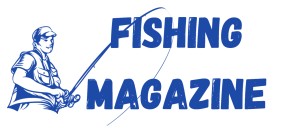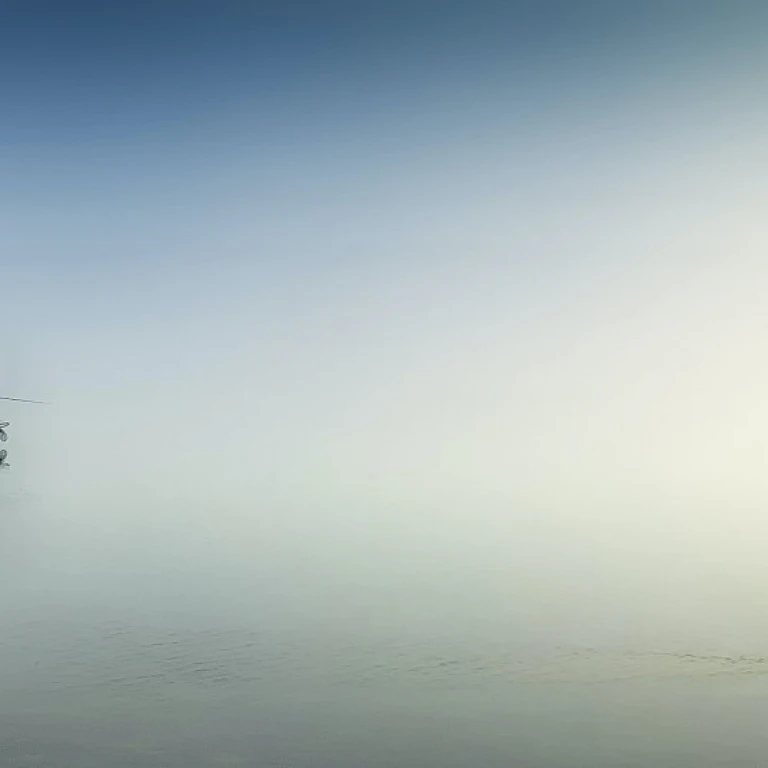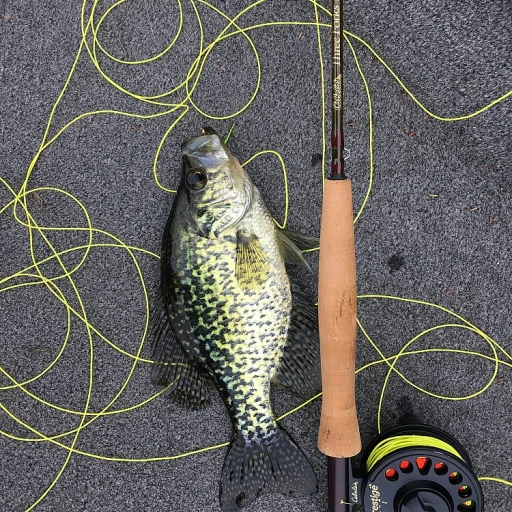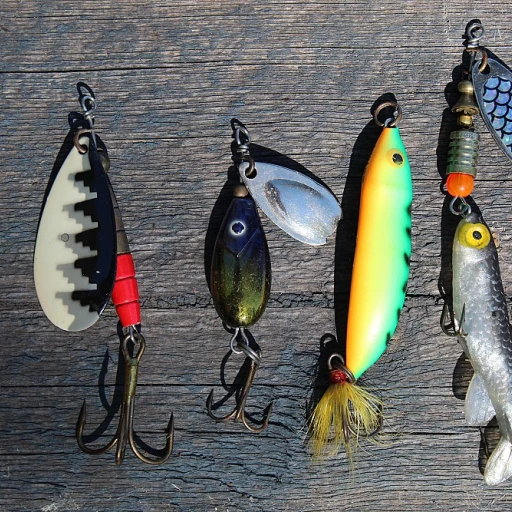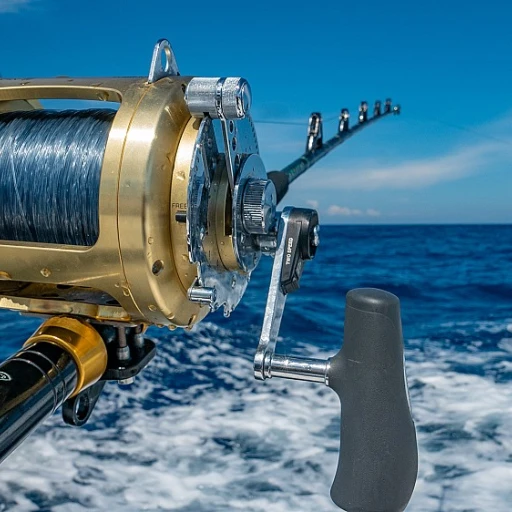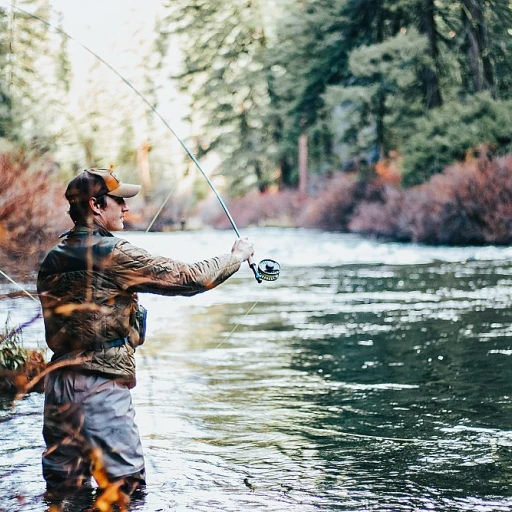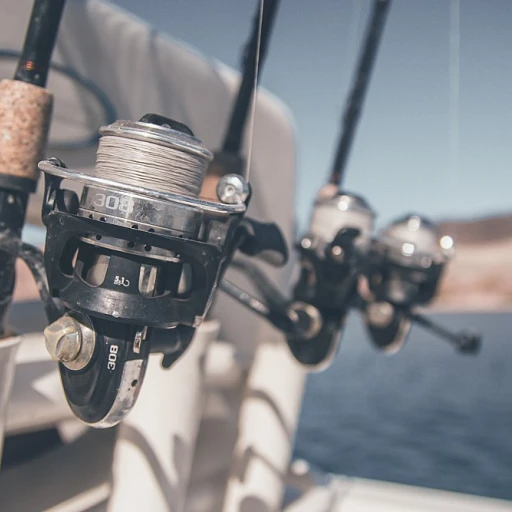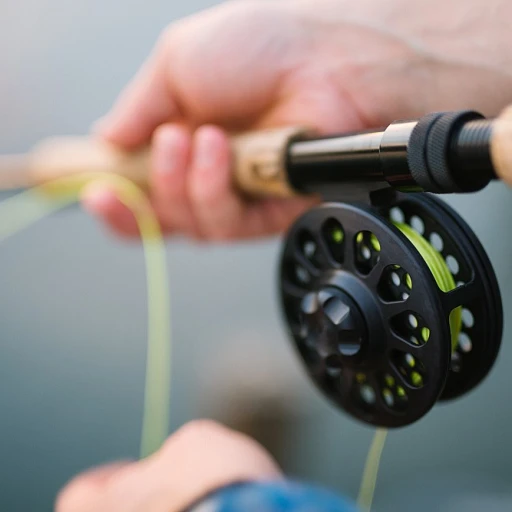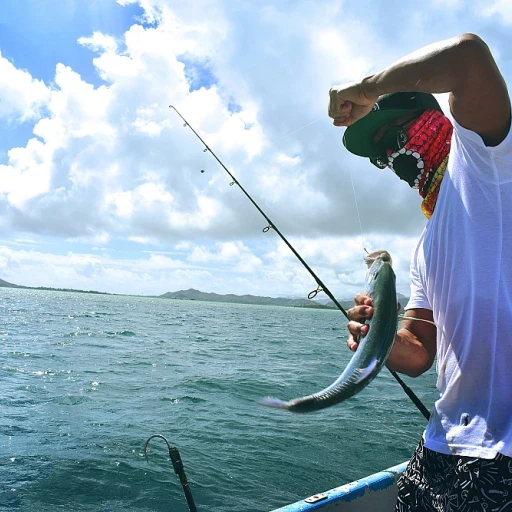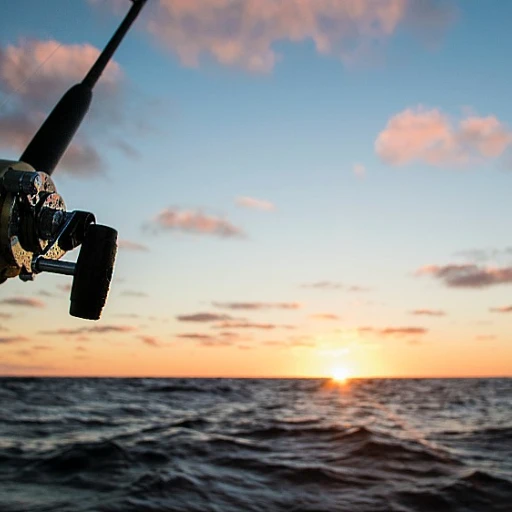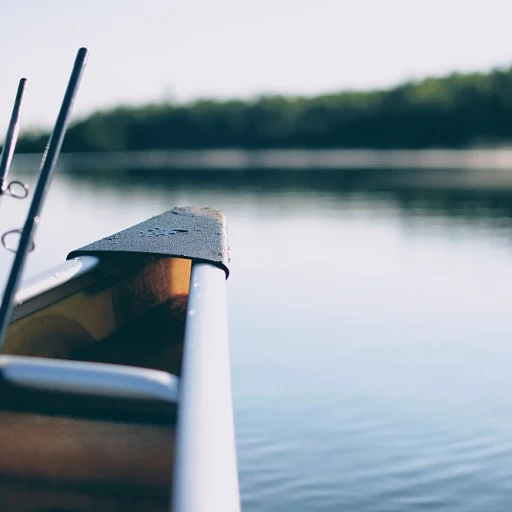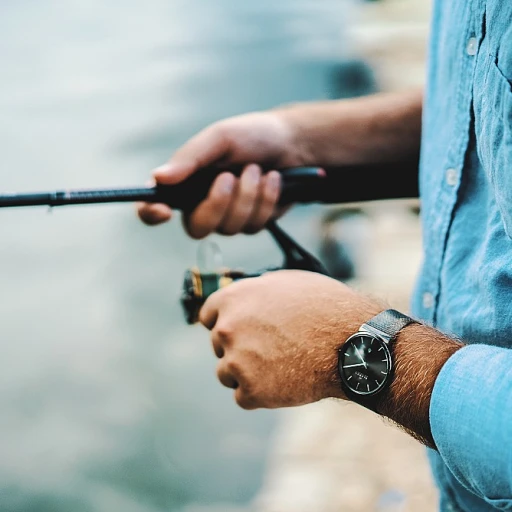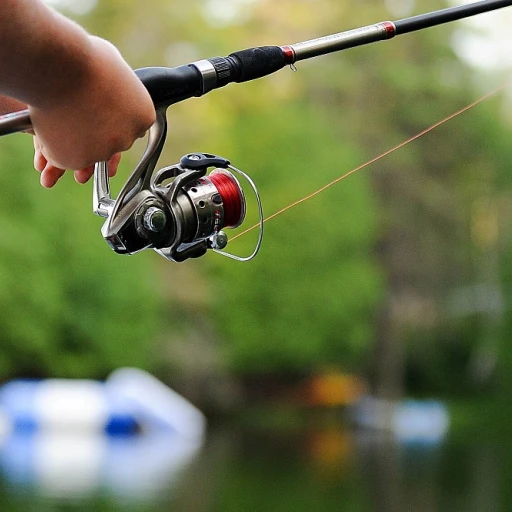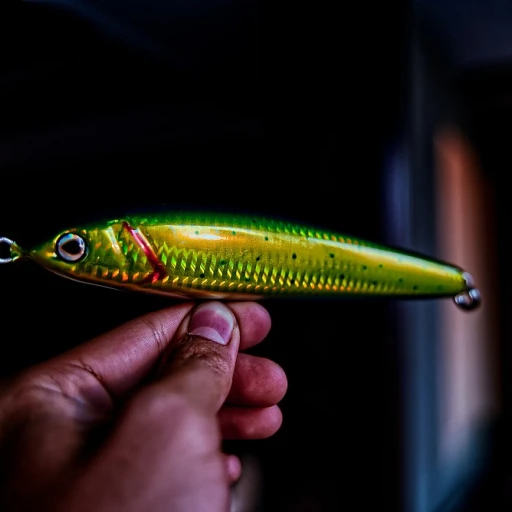
Understanding Fly Fishing Strike Indicators
Basics of Strike Indicators in Fly Fishing
Fly fishing enthusiasts often seek tools that enhance their fishing experience, and strike indicators play a crucial role in this endeavor. These seemingly simple tools are important for detecting when a fish strikes underwater, allowing for more successful catches. Whether you're targeting small or large fish, understanding the purpose of these indicators is key to improving your fly fishing rig.
Strike indicators serve as a visual cue, floating on the surface of the water. They help anglers by signaling when a fish has taken the fly below. Positioned correctly on the leader, they work alongside the dry fly to ensure a drag free presentation, which is paramount for effective fly fishing.
Many fly fishing enthusiasts prioritize how quick and easy it is to set up these indicators. Whether you're using traditional wool yarn or more advanced options like oros indicators, the goal is to effectively cast and detect strikes.
Understanding the different ways strike indicators can be utilized is beneficial, as well as acknowledging various factors such as price, unit price, and the variety of indicator styles available. These aspects can make the difference between a good fishing day and an exceptional one. As we delve deeper, we'll explore the types and utilization techniques of strike indicators, ensuring you have the tools to maximize your fly fishing success.
Types of Fly Fishing Strike Indicators
Exploring Various Styles for Fly Fishing
In the world of fly fishing, choosing the right strike indicator can significantly impact your fishing experience. These tiny tools, often overlooked, are essential for detecting strikes from fish and ensuring you have a successful outing. So, when it comes to selecting a strike indicator, what are your options? Let's dive into the different styles available to improve your fly fishing gear.- Oros Indicators: These offer a unique design that allows for quick, easy attachment to your leader without causing line kinks. With a range of sizes, oros indicators are versatile enough for both small and large flies.
- New Zealand Strike Indicators: Made from natural wool yarn, these indicators excel in providing a drag-free drift on the surface water. Their softness and high visibility make them perfect for detecting subtle fish strikes during dry fly fishing.
- Wool Yarn Indicators: Known for their gentle landing on water, these indicators are excellent for not spooking fish, especially in calm water conditions. Adjusting their size is simple, with wool yarn being an inexpensive option per unit price.
- Dry Dropper Rigs: A versatile setup that pairs a dry fly with a nymph or wet fly below, allowing you to cover multiple zones in the water column. Indicator anglers often swear by this method for its effectiveness in various conditions.
- Cork Style Indicators: Though more temporary, these offer the advantage of floating high on water, making them great for rougher conditions. However, they may not be the best choice for a drag-free presentation.
Choosing the Right Strike Indicator for Your Needs
Factors to Consider When Selecting Your Perfect Indicator
When choosing a strike indicator for your fly fishing adventures, several crucial factors come into play. Understanding which style suits your particular fishing scenario is vital. Whether you're using a dry fly or exploring the depths with a nymph, the right indicator can make a significant difference in your success rate.- Water Conditions: The surface water conditions dramatically influence your choice of indicator. In calm water, smaller indicators like small wool yarn might suffice, while rougher waters may require larger oros indicators to remain visible.
- Type of Flies Used: If you're casting dry flies, a smaller and more delicate indicator might be necessary to maintain a natural presentation, ensuring a drag free drift. Large strike indicators can support heavier nymphs effectively in your indicator rig.
- Weight of Leader: The leader's weight also determines the type of strike indicator you should use. A heavy leader might need a more buoyant and robust indicator to stay afloat, giving you quick and easy visibility whenever a fish strikes.
- Visibility Needs: Anglers with specific visibility needs might opt for oros strike indicators, which come in a range of bright colors, helping track even the slightest movements on the water.
- Price Considerations: Price unit might influence decisions, especially for those on a budget. Regular price indicators made of wool or yarn can be affordable yet effective options.
Techniques for Using Strike Indicators Effectively
Mastering the Art of Strike Indicator Techniques
Using strike indicators effectively in fly fishing can significantly enhance your ability to detect bites and improve your catch rate. Here are some techniques to help you make the most of your indicators:
- Adjusting for Depth: The depth at which your fly is presented is crucial. Adjust the position of your strike indicator on the leader to ensure your fly is at the right depth. A general rule is to set the indicator about one and a half times the depth of the water you are fishing.
- Drag-Free Drift: To mimic natural drift, ensure your indicator and fly move at the same speed as the current. This can be achieved by mending your line regularly to prevent drag.
- Choosing the Right Size: The size of your indicator should match the size of your fly and the water conditions. A small indicator is less likely to spook fish in clear, calm water, while a larger one might be necessary in turbulent conditions.
- Using Oros Indicators: Oros indicators are popular for their ease of use and visibility. They can be quickly adjusted and are available in various sizes to suit different fishing scenarios.
- Experimenting with Different Styles: Different styles of indicators, such as wool yarn or dry fly, can offer unique advantages. Wool yarn indicators are lightweight and sensitive, while dry fly indicators can double as a fishing fly.
By mastering these techniques, you can enhance your fly fishing experience and increase your chances of success on the water. Remember, practice makes perfect, so don't hesitate to experiment with different setups and adjustments to find what works best for you.
Common Mistakes and How to Avoid Them
Avoiding Pitfalls: Common Mistakes in Strike Indicator Usage
Using strike indicators in fly fishing requires precision and practice. However, even experienced anglers can make mistakes that hinder their effectiveness. Here are some common errors to avoid:- Incorrect Sizing: It's crucial to match the size of the indicator to the water conditions and the weight of your flies. Using a large indicator in calm, shallow water can spook fish, whereas a small indicator may not be visible in rough conditions. Proper sizing is key to achieving a drag-free drift, which is essential for successful indicator fishing.
- Poor Positioning: Attaching the strike indicator at the wrong point on the leader can affect the detection of strikes. Place the indicator far enough above the fly to allow it to sink naturally while remaining close enough for effective bite detection. Adjustments may be needed when changing water depth or fly weight.
- Overlooking Material Types: Not every type of strike indicator is suitable for every scenario. For instance, wool yarn is excellent for delicate dry fly presentations on surface water, while oros indicators are more versatile for various rig setups. Your choice should align with your fly fishing goals and the style indicators required for the conditions.
- Ignoring Rig Adjustments: A regular price you pay for not adapting your rig is missed strikes. Regular adjustments should be made to the depth and position of the indicator throughout the fishing session. This ensures your indicator rig stays in the strike zone of feeding fish.
- Neglecting Maintenance: Maintain your gear, including the fly indicator, for consistent performance. Check regularly for wear and tear or waterlogging, especially yarn indicators, which can sag if not properly cared for.
